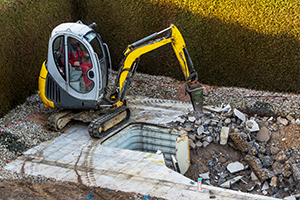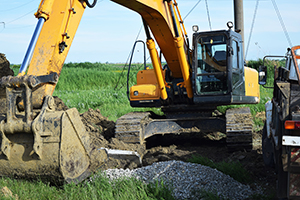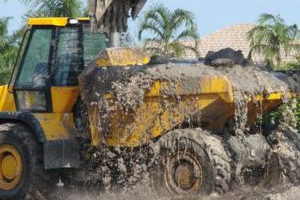Demo Services | Noecon
Any kind of demolition is dangerous work, especially when heavy equipment is required. Tearing down a pool or building requires a specialized contractor. Demolition experts also require a valid contractor’s license, bonding and insurance. If your contractor does not meet these requirements and something happens, you are liable. This is a risk that is not worth it just to save a few bucks!

OUR SERVICES
Demolition
-Pool Demolition
-Structural Demolition
-Driveway Demolition
Excavation
-Trenching
Drainage Systems
-Storm and French
-Sewer Lines replacement
Underground Earthwork
(Water, Electric, and Gas)
Site Clearing Earthwork Projects
-Grading
-Land Leveling
 Swimming Pool Demo
Swimming Pool Demo
We specialize in in-ground swimming pool and structural demolition. There are different types of in-ground pools. For each pool type, there are different ways to demolish each one. As demolition experts, we can demolish any pool, guaranteed!
Excavation
Excavating is one of the most dangerous construction operations and it’s not just because it requires heavy equipment to get the job done. According to OSHA, the Occupational Safety and Health Administration, excavating is defined as “any man-made cut, cavity, trench, or depression in the earth’s surface formed by earth removal. This can include excavations for anything from cellars to highways. A trench is defined as a narrow underground excavation that is deeper than it is wide, and no wider than 15 feet (4.5 meters).”
Site Clearing
Site clearing is the process in which everything is removed and disposed from a site, including small trees, bushes, and concrete. Clearing is usually the first step to any construction or demolition project but not always. Clearing is a simple process. We simply haul and recycle the residual of the job site away.
Drainage Systems
Drainage is initially approached by excavating a trench. We then fill the trench with gravel. After the gravel fills a few inches of the trench, we apply a perforated pipe that redirects surface and groundwater away from an area. After the pipe is placed, more gravel is added to finish surrounding the pipe. These drains are used to prevent ground and/or surface water from damaging the foundation of the house. Drainage is also used behind retaining walls to relieve ground water pressure.

 Swimming Pool Demo
Swimming Pool Demo

